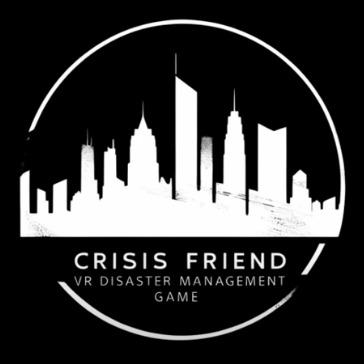Crisis Friend
Crisis Friend is a cross platform application that aims to develop an proactive approach for developing survival instincts and muscle memory about the drills that need to be followed during disasters.
Created on 10th November 2024
•
Crisis Friend
Crisis Friend is a cross platform application that aims to develop an proactive approach for developing survival instincts and muscle memory about the drills that need to be followed during disasters.
The problem Crisis Friend solves
In times of natural disasters such as earthquakes, floods, or fires, people's ability to respond effectively can mean the difference between life and death. However, many individuals lack the practical experience or training necessary to react swiftly and appropriately during these emergencies. Traditional disaster preparedness training methods, like drills and workshops, are often inaccessible, infrequent, or fail to replicate the intensity of real-life scenarios. As a result, people may panic, freeze, or make poor decisions when a crisis strikes, leading to preventable injuries or fatalities.
Crisis Friend addresses this issue by providing a cross-platform, virtual reality (VR) based solution that simulates real-world disaster scenarios. It aims to cultivate proactive survival instincts and muscle memory through immersive, interactive training. By engaging users in lifelike drills for various disasters, Crisis Friend enhances their readiness and confidence to handle emergencies effectively. This VR approach ensures a safe, controlled environment where users can learn, practice, and refine their responses without the risks associated with real-life drills.
Challenges we ran into
Developing Crisis Friend came with several challenges, both technical and logistical. Firstly, creating realistic and immersive VR simulations required extensive research into disaster scenarios and the correct emergency procedures. Ensuring that these simulations were both educational and engaging posed a unique challenge, as it was crucial to strike a balance between realism and user experience.
Another significant challenge was achieving cross-platform compatibility. We needed to ensure that Crisis Friend worked seamlessly across various VR devices and platforms, which involved optimizing the application for different hardware specifications and input systems. This required overcoming hurdles related to performance, frame rates, and user interface adjustments to cater to different device capabilities.
Furthermore, maintaining user engagement was a challenge, especially in ensuring that users would return to the application to regularly practice drills. To address this, we incorporated gamification elements, such as rewards and progress tracking, to motivate users to improve their survival skills continuously.
Lastly, user safety was a concern, particularly in preventing motion sickness and ensuring that the virtual experience did not induce undue anxiety. We focused on optimizing VR controls and movements to create a comfortable and intuitive user experience, while still delivering the high-intensity training needed for effective disaster preparedness.
